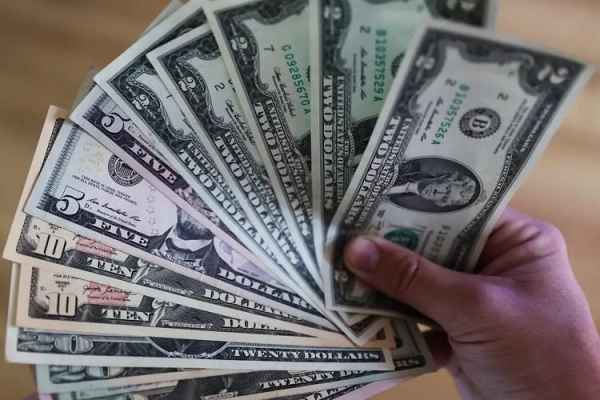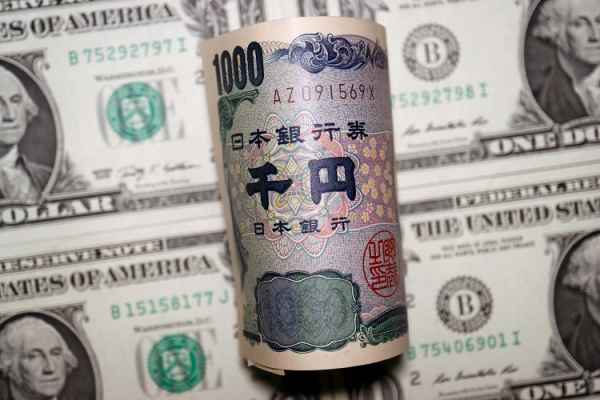The Swiss National Bank (SNB) sets interest rates in its role as Switzerland's central bank. But its policy last year backfired.
The Swiss National Bank (SNB) is suffering an annual loss of 3 billion francs by 2023 due to its self-determined interest rate hike policy. This figure is roughly equivalent to USD3.54 billion.

The SNB raised Switzerland's benchmark interest rate twice by 2023 to reach 1.75%. This move was intended to curb rising inflation. However, the policy requires it to pay higher interest on sight deposits deposited by banks.
Reuters reported that the Swiss National Bank had total sight deposits of 463 billion francs at the end of 2023. Although the SNB earned 4 billion francs from forex trading activities and 1.7 billion francs from gold holdings, the Swiss central bank still lost 3 billion francs because it had to pay interest on its sight deposits.
Details of the SNB's profit and loss will be released on March 4. The SNB expects the overall performance to be slightly better than the record loss of 133 billion francs suffered a year earlier. The total running net loss for 2023 is likely to reach 53 billion francs only.
Alessandro Bee, an analyst at UBS, indicates that the SNB paid about 2 billion francs in interest per quarter last year. However, he does not think the SNB's losses will affect Switzerland's monetary policy. Bee thinks the SNB will start lowering interest rates as early as next June, then lower them twice more in the second half of 2024.
"The first priority of the SNB is its monetary policy and its balance sheet is purely there to support it," said Bee.
This gridlock regarding the SNB's financial report also did not affect the performance of the Swiss Franc. USD/CHF continued to drift sideways at around 0.8500 as the news was written in the European session on Tuesday (9/January).
The total estimated SNB rate cut in 2024 is only 75 basis points, which is equivalent to three cuts of 25 basis points each. The scale is smaller than market expectations regarding the Federal Reserve, European Central Bank, or Bank of England rate cuts.

 Dedicated FREE FOREX VPS
Dedicated FREE FOREX VPS Free FOREX Virtual Private Server
Free FOREX Virtual Private Server MT4 Demo Contest, Get $500
MT4 Demo Contest, Get $500 Sign Up for an Account, Claim 60% Deposit Bonus
Sign Up for an Account, Claim 60% Deposit Bonus Free MT4/MT5 VPS 2024
Free MT4/MT5 VPS 2024 Send E-mail and Get Free Merchandise
Send E-mail and Get Free Merchandise $1K Refer a Friend Bonus for Pepperstone Pro clients
$1K Refer a Friend Bonus for Pepperstone Pro clients Maximize Your Earnings with 100% Deposit bonus
Maximize Your Earnings with 100% Deposit bonus Trade to Win, $5,000 Monthly Demo Contest
Trade to Win, $5,000 Monthly Demo Contest Claim 30% + 15% Deposit Bonus from LiteFinance
Claim 30% + 15% Deposit Bonus from LiteFinance






